Step into the mesmerizing realm of diminutive, otherwise known as dwarf fruit trees. These petite marvels encapsulate the entire allure and yield of their more grandiose brethren, serving as a spellbinding augmentation to any garden landscape. They stand as an apt selection for both green-thumb beginners and seasoned horticulturists alike. Specifically, the ‘NZ’ appended to dwarf fruit tree species suggests their widespread appeal in New Zealand’s multifaceted weather patterns, masterfully melding visual allure with practical purpose.
Planting these miniature arboreal wonders has sparked intrigued chatter amongst flora aficionados worldwide. The timing for embedding these scaled-down fruitlets largely depends on your chosen species and your area’s climatic nuances. Though it may sound small-scale in nature, this act paves the way towards creating a compact yet self-reliant ecosystem right at your home’s exterior space. With guidance from seasoned botanists and proactive enthusiasm driving you forward; making a thriving haven of dwarf fruit trees within restricted confines could soon become more than just a fanciful dream.
Benefits of Choosing Smaller Fruit Trees for Your Garden
Imbuing your verdant oasis with the charm of dwarf fruit trees in pots can lead to an efflorescence of benefits. The chief allure lies in their diminutive stature, a perfect match for garden enthusiasts grappling with spatial constraints. With these petite arboreal marvels peaking at just 8 to 10 feet, they are wonderfully suited for a pot on the patio, balcony or even indoors given ample luminescence. Beyond their flexible positioning, these miniature woody wonders bestow an added decorative element that transforms seasonally and enriches your garden’s visual appeal.
For dwellers in the southern hemisphere’s heartlands such as New Zealand, the ‘Flavorzee’ is arguably one of the most exquisite dwarf nectarine tree options available. It blesses us with abundant large fruits bursting with juiciness and rich taste which further amplifies its value beyond being merely fruit-bearing greenery. But it doesn’t stop there – this variety adds dashes of enchanting beauty to any setting through its luxuriant green leaves and mesmerising pink blooms. Moreover, thanks to their smaller size, these fruit trees require less upkeep – rendering them as ideal candidates not only for novice gardeners but also those who wish to curtail time spent on gardening duties.
Popular Varieties of Dwarf Fruit Trees
As one contemplates the adventure of introducing dwarf fruit trees into their garden, a question may arise: “Just how tall can these miniature arboreal wonders grow?” Usually attaining an adult stature ranging from six to eight feet, these little marvels are perfectly scaled for all but the smallest green spaces. Known for putting forth extravagant floral shows and then following up with generous harvests of tiny fruits, they’re truly a sight to behold. Amongst the crowd-pleasers you might choose from are pint-sized renditions of peaches, apples, pears and cherries. Each echoes the alluring traits of its larger kin while fitting neatly into more compact confines.
Turning our gaze towards New Zealand’s gardening enthusiasts, one can’t help but wonder which fruit tree might be simplest to cultivate there? With climate conditions varying widely across this island nation, it seems that dwarf citrus trees have won many hearts due to their flexible natures and vigorous growth habits. The Meyer lemon is especially noteworthy among this group – a petite citrus variety that laughs in the face of chillier weather patterns and reliably produces abundant crops year-round. Adding charm to its practicality is another member of this category—the Satsuma mandarin—valued for yielding sweet seedless delights. These easy-care options provide a lovely introduction to cultivating your own mini orchard.
How to Plant and Grow Compact Fruit Trees
The enigma of nurturing compact fruit trees in New Zealand brings forth a unique set of queries and prospects, largely due to the diverse climatic zones. An intriguing question may arise – is it feasible to cultivate fruit trees in pots within NZ? Without any shadow of doubt! This alternative presents an adaptable approach concerning movement and makes impressive use of restricted space, thereby proving highly beneficial for city dwellers with green fingers. Encasing the sapling within a pot allows you an upper hand in controlling soil quality, thus creating ideal circumstances for growth. It’s crucial that your chosen pot comes equipped with sufficient drainage openings; this measure wards off waterlogging threats which could potentially damage the fragile root system intrinsic to dwarf fruit tree species.
If as a gardener, you find yourself charmed by the timeless aesthetics and utility of espalier but remain uncertain about suitable types of fruit trees for this technique – fear not, there are bountiful choices at your disposal. When pondering over which varieties would make prime candidates for espalier cultivation in NZ, focus should be directed towards those bearing pliable branches along with a propensity to yield fruits on new sprouts and receptivity towards meticulous pruning procedures. The likes of apples and pears have generally shown promising results when used in espalier designs. However, don’t overlook options presented by North Island’s temperate climate that permit one to dabble with more exotic assortments such as citrus or figs aiming for unconventional harvests. Bear in mind though that guiding a tree into growing flat against any wall or fence calls for steady commitment coupled with patient care; nevertheless, tasting success after relentless effort can indeed prove worth every moment spent waiting.
Caring for Your Small-Sized Fruit Trees
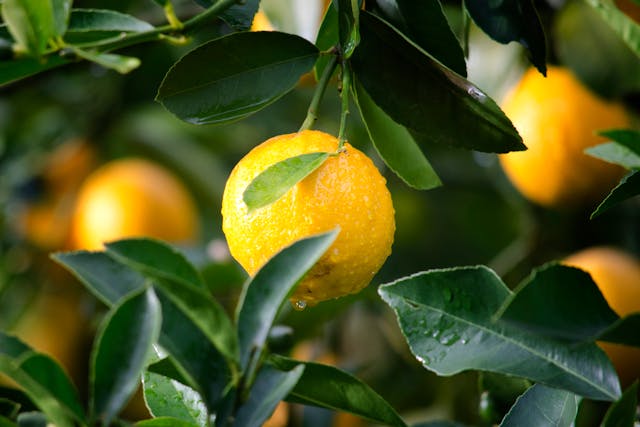
The cultivation of diminutive fruit trees is an intricate dance between science and art, encompassing a span of crucial duties. Proper care can be likened to the tender nurturing of a child, ensuring the robust health of the tree whilst optimizing its bounty. The task at hand, akin to one’s primary duty as a caretaker, involves regular watering. These petite arboreal wonders have a limited root system which hinders them from absorbing sufficient moisture from deeper strata of earth.
Thus, during periods when Mother Nature chooses austerity over abundance with water supply – dryer seasons – there lies your responsibility to provide additional hydration for these trees in order not to succumb into desiccation. Yet remember that like love languages or personal preferences, watering practices are not universal; they differ based on soil constitution, age of the tree and prevailing weather conditions.
Parallelly important is effective fertilization – another chapter in this storybook called ‘Caring for Miniature Fruit Trees.’ Contrary to what one might assume about their size reflecting their needs – much like David standing opposite Goliath – these dwarf trees’ nutrient requirements don’t shrink proportionately with their stature. It’s advisable then to conduct independent soil tests determining nutrient content before drafting any necessary adjustments.
Balanced fertilizers often meet general nutritional demands but churning out best results requires you customizing your fertilization strategy according to specific tree species and individual health status check-ups—like personalized diet plans! But caution must be exercised against excessive nitrogen application which may result in promoting an overzealous growth spurt for foliage rather than our desired outcome: fruit production.
Another noteworthy aspect of caring for small-sized fruit trees is the need for regular pruning. This practice helps to maintain a manageable size and shape, promotes better air circulation, and encourages healthier growth patterns. It also aids in pest control by eliminating potential hiding spots for pests.
- Regular watering: This is crucial as these petite trees have limited root systems that hinder them from absorbing sufficient moisture from deeper soil layers. The frequency and amount of watering will depend on factors such as soil constitution, tree age, and prevailing weather conditions.
- Effective fertilization: Contrary to what one might assume about their size reflecting their needs – these dwarf trees’ nutrient requirements don’t shrink proportionately with their stature. Conduct independent soil tests before drafting any necessary adjustments.
- Use balanced fertilizers: They often meet general nutritional demands but customizing your fertilization strategy according to specific tree species can churn out best results.
- Avoid excessive nitrogen application: It may result in promoting overzealous foliage growth rather than our desired outcome which is fruit production.
- Regular pruning: Maintains a manageable size and shape, promotes better air circulation, encourages healthier growth patterns and aids in pest control.
Lastly comes the responsibility of disease prevention – an integral part of this caretaking journey. Small-sized fruit trees are just like children; they’re susceptible to various diseases if not properly cared for.
Pests can also pose significant threats to your tiny green wards so keep a vigilant eye out for early warning signs like discolored leaves or unusual insect activity.
- Disease prevention: Just like children, small-sized fruit trees are susceptible to various diseases if not properly cared for. Therefore preventive measures should be taken regularly.
- Pest Control : Pests can pose significant threats so vigilance is key here too! Look out for early warning signs such as discolored leaves or unusual insect activity.
In conclusion, tending to small-sized fruit trees is indeed a labor of love that requires a blend of scientific knowledge and artistic flair. With the right care, these miniature marvels can reward you with bountiful harvests for many years to come.
Pest Control and Disease Management for Miniature Fruit Trees
The practice of nurturing bountiful and healthful yields from diminutive fruit trees is inextricably linked to proficient pest management and disease control. There exists a widespread fallacy wherein these compact versions are perceived as being immune to the typical afflictions that consistently plague standard-sized fruit trees. Yet, this could hardly be more divergent from reality, given how dwarf fruit trees remain vulnerable to identical pests and diseases which torment their larger counterparts. This includes but is not limited to apple scabs, leaf curl in peaches, citrus canker, along with various insect trespassers such as apple maggots, codling moths and spider mites.
To ensure our miniature fruit trees flourish with resilience and vigor involves the incorporation of a forward-thinking strategy. Regular visual inspections of leaves, stems and fruits for early identification of disease symptoms or signs of pest invasion play an integral role herein. Effective containment efforts marry cultural norms with discerning application of suitable treatment methods on a spectrum encompassing pruning infected areas; maintaining hygiene via removal of fallen or rotten fruits; all the way up to employing organic or chemical sprays depending on pest/disease severity type.
Let us always bear in mind: preventive care often serves as the most efficient approach when it comes down to preserving both healthiness and productivity within your small-scale orchard.
Pruning Techniques for Maintaining Dwarf Fruit Trees
The enigmatic art of pruning is a paramount facet in the care and nurturing of diminutive fruit trees. This practice nurtures vitality, sparks growth and enhances the yield of fruits by manipulating the tree’s form through careful excision of certain elements. These may include branches that have succumbed to death or those overtaken by unchecked growth, all with an aim to refine its shape and fortify its structure. Moreover, mastering this intricate dance between man and nature can significantly impact not only the quality of bountiful harvests but also extend the lifespan of these arboreal wonders.
Embarking on this journey towards effective pruning requires arming oneself with a few essential instruments – sturdy gloves that are well-versed with soil’s touch, a pair of shears honed sharp enough to make clean cuts, and perhaps even a saw for tackling obstinate larger branches. Initiate your quest by eliminating lifeless or diseased limbs before moving onto taming overgrown sections; this will pave way for improved circulation of air and penetration of sunlight within its leafy haven. However, beware not to fall into the trap of excessive pruning – strive instead for maintaining harmony in your tree’s architectural framework.
Lastly, remember – each species dances to its own tune when it comes to timing: while summer serenades peach trees into their prime time for pruning; apple and pear trees wait until late winter has cast off her icy veil before they are ready for their seasonal trim.
FAQ
There exists a plethora of advantages when it comes to dwarf fruit trees. Their diminutive stature renders them ideal for gardens limited in size or area. Further, they are less demanding to upkeep, gather fruits from and trim compared to their larger kin. An additional boon is their propensity to bear fruits sooner.
Indeed! A few notable varieties among the miniaturized fructiferous species comprise the Dwarf Cavendish Banana Tree, the diminutive Valencia Orange Tree and not forgetting the petite Alberta Peach tree.
The act of cultivating compact arboreal providers involves having a comprehensive understanding of each one’s specific needs – from correct soil type through optimal hydration levels up till consistent nourishment with balanced fertilizers. Moreover, bountiful sunlight exposure remains indispensable as well.
Ensuring regular watering cycles along with routine application of nutrients forms the crux in preserving your healthy dwarfish grove. Mulching aids in maintaining moisture levels within ground surface layers while recurrent pruning maintains its form besides enhancing yield.
A vigilant eye over your green tenants facilitates early detection signs indicative of pest infestation or disease manifestation allowing timely intervention using organic/chemical based pesticides/fungicides respectively.Also crucial is maintaining cleanliness around tree periphery so as prevent any disease proliferation opportunities
The best time to prune is during its dormant phase. Begin with disposing off any dead, diseased or damaged branches followed by shaping the tree and opening up its foliage to sunlight which augments fruit growth.Ensure pruning implements are sharp enough for clean cuts.
How often you prune can be contingent on the specific type of fructiferous species but as a general rule, an annual thorough pruning during dormancy helps boost both health and productivity. For finer details, it’s recommended to seek advice from local extension services or trusted gardening manuals.
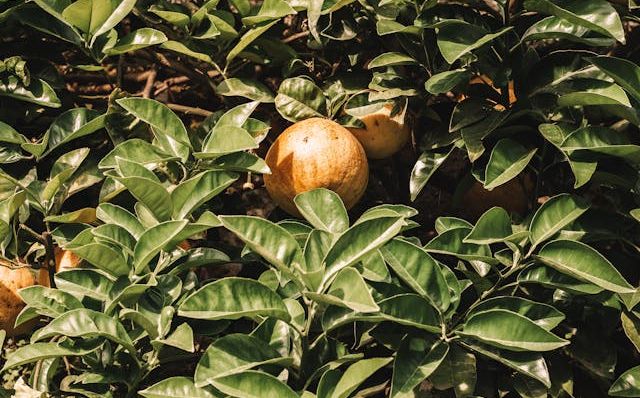
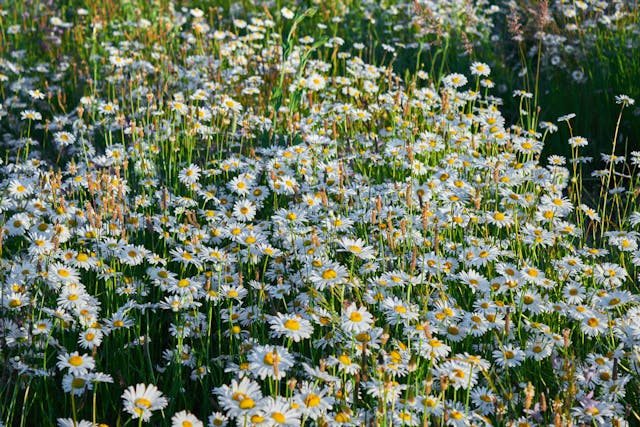
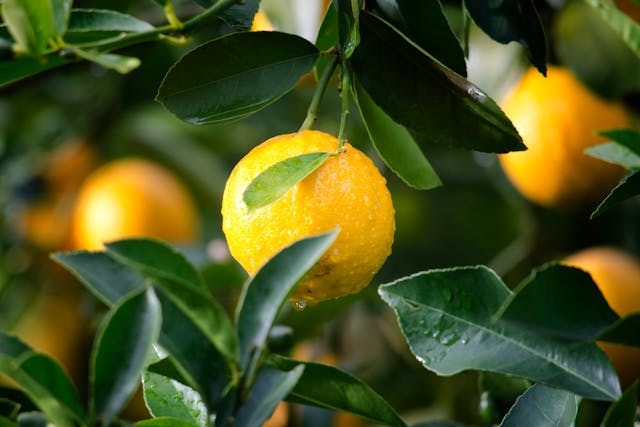
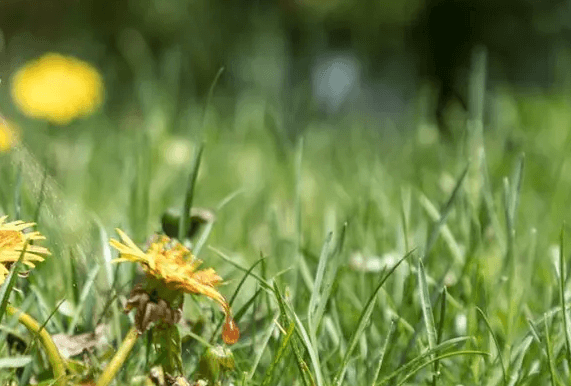
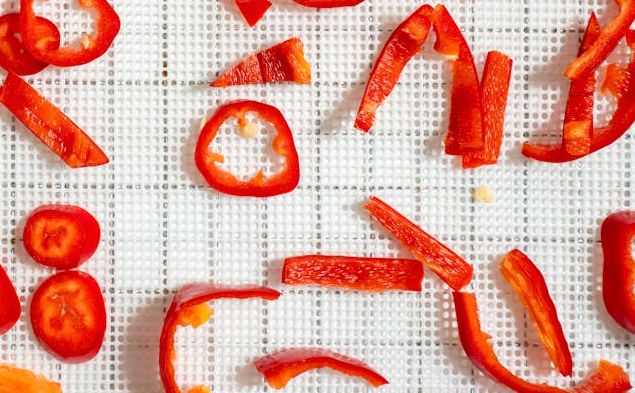
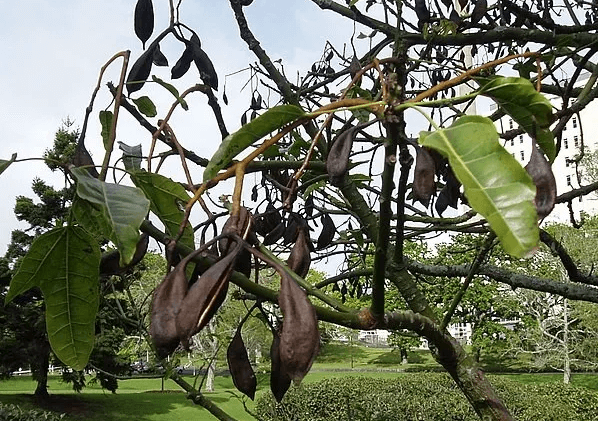

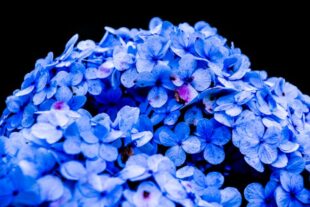
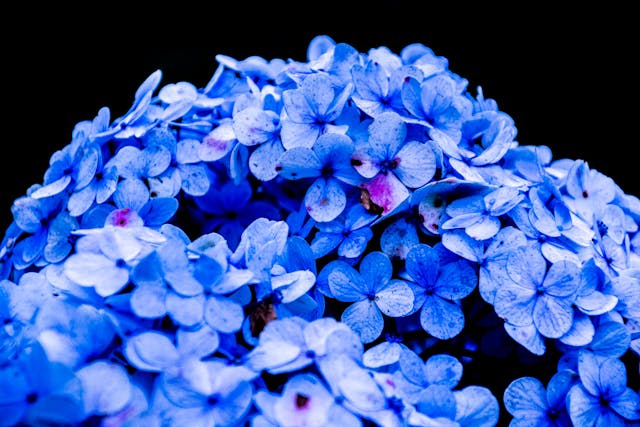
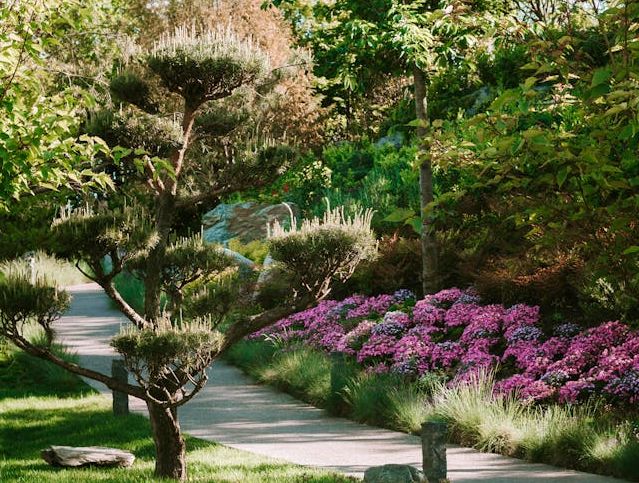
+ There are no comments
Add yours